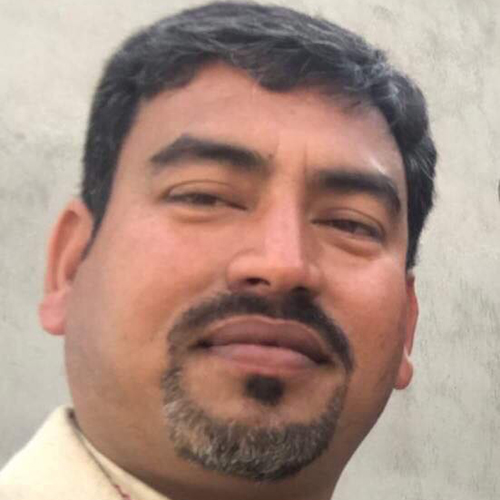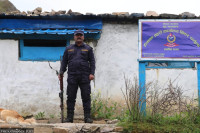Sudurpaschim Province
Explainer: What sparked the deadly clash at Kailali Prison
Overcrowding and leadership absences triggered violence that left one dead and dozens injured; authorities launch probe.
Arjun Shah
A violent clash broke out inside Kailali Prison in far-western Nepal late Friday night, killing one inmate and injuring 48 others. The prison, built for 150 inmates, currently holds about 700, causing severe overcrowding and escalating tensions.
How did the clash start?
Kailali Prison houses nearly five times the inmates than its capacity. Coupled with weak administration, this has led to frequent unrest. On June 16, inmate Harish Singh Pali, 28, from Bhageshwar Rural Municipality in Dadeldhura, was transferred to Kailali Prison. He died the next day. Although officials claimed he suddenly fell ill, bruises on his body suggest he was beaten. The case was quietly closed without a thorough investigation.
Inside the prison, inmates are divided into rival groups. Jayendra Shah and Navin Rawal lead the two main factions. These groups frequently clash. Recently, fights occurred on July 12 and August 8.
On August 8, inmates from ‘A’ block broke through a wall to reach ‘B’ block, launching a violent attack. The clash resulted in the death of 36-year-old Bharat Chaudhary from ward 4 of Dhangadhi Sub-metropolitan City and injuries to 48 inmates. Two of the injured were transferred to hospitals in Kathmandu for advanced treatment.
What happened after the riot?
After the violent clash on Friday night, the inmates took the prison’s main cell under their control until Sunday evening. They threatened to explode cooking gas cylinders placed at the main entrance to prevent anyone from entering. Neither security personnel nor prison staff could gain access during this time, leaving the situation inside uncertain.
Approximately 42 hours later, prison officials, security forces, and a team from the National Human Rights Commission finally entered the cell. They conducted a headcount and reported that the inmates were generally calm and stabilised.
To manage the crisis, the Department of Prison Management assigned Jalandhar Bhusal, an officer from Banke, to Kailali Prison. Bhusal reached the prison and established communication with the inmates.
Was the prison administration at fault?
Despite repeated clashes and severe overcrowding, the prison chief, Basanta Khatri, had been on leave since July 15. His deputy, Nayab Subba Gyanendra Ojha, took over as acting chief but went on leave shortly afterwards. Following that, Kharidar Ramkumar Chaudhary assumed the role of acting chief. However, Chaudhary admitted he was new to the position and was not fully aware of the prison’s internal situation.
There has been no clear explanation from home ministry officials about why key prison officials were absent during this sensitive period marked by frequent violent incidents. Chaudhary said that Khatri was seriously ill and on leave.
How did the government respond?
The district security committee met on Saturday morning and formed a five-member investigation committee led by Kailali’s assistant chief district officer. The Department of Prison Management assigned Jalandhar Bhusal, a jailer from Banke, as the new prison chief. Home Minister Ramesh Lekhak convened a meeting of security chiefs to discuss prison safety and preventive measures.
What is the current situation?
Four days after the clash, the body of the deceased inmate remains at Seti Provincial Hospital. The prison is quiet, with the Armed Police Force deployed overnight to maintain security.




 8.79°C Kathmandu
8.79°C Kathmandu












